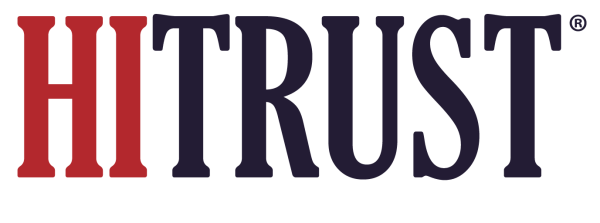- Table of Contents
- Introduction
- Risk Concepts
- The HITRUST Risk Management Framework
- Final Thoughts
- About the Author
- About HITRUST
- Appendix A – Special Topics
- Appendix B – Acronyms and Abbreviations
- Appendix C – Glossary of Terms
- Appendix D – References
- Appendix E – Summary of Changes


